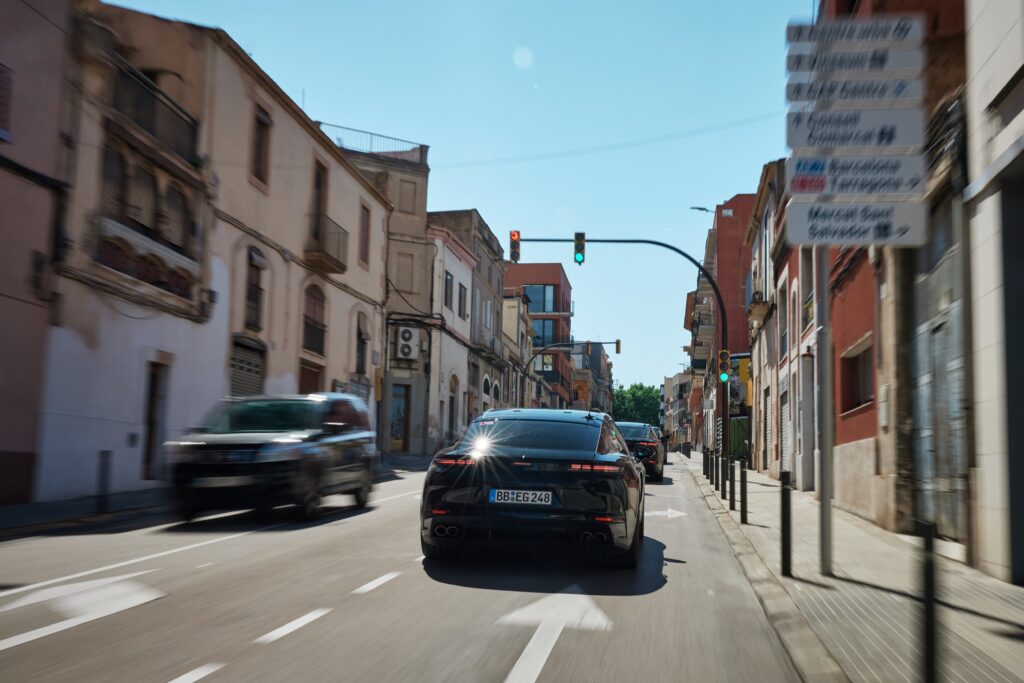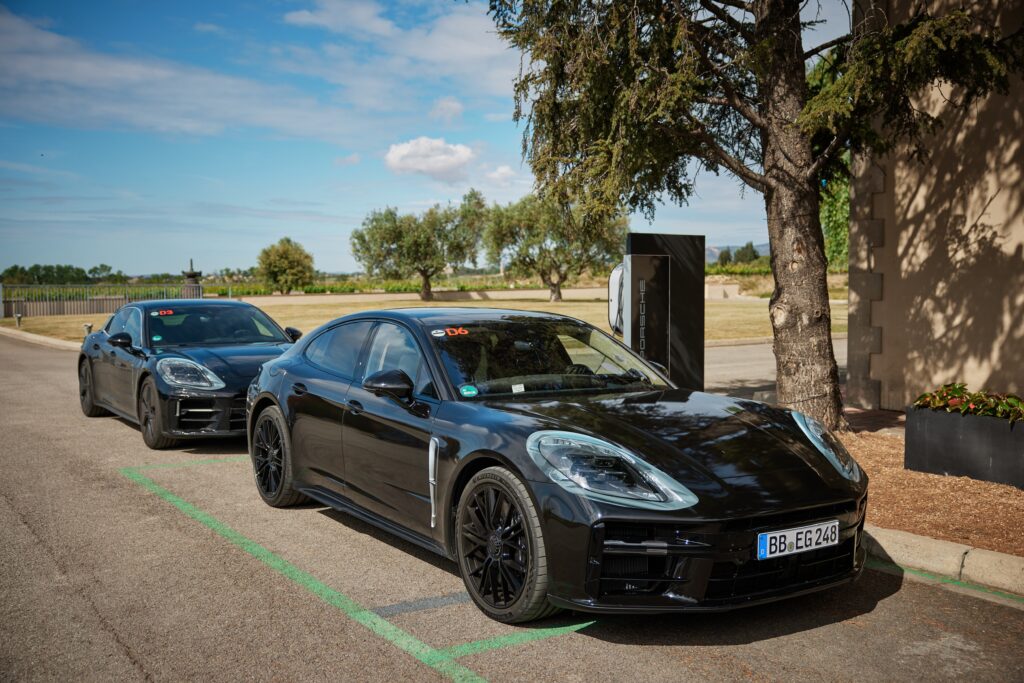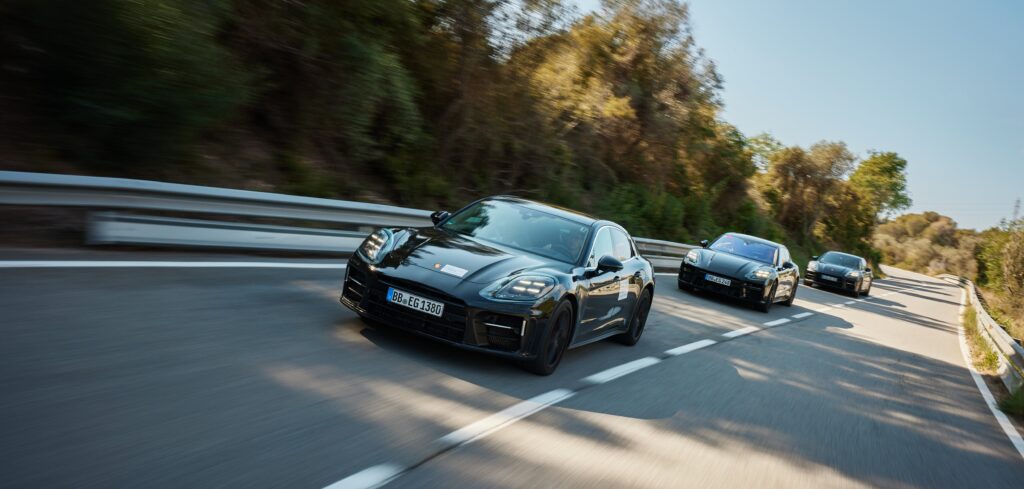Porsche is completing the final tests on the next generation of its Panamera before it is revealed in Dubai on November 24, 2023. The tests have been taking place in Barcelona and focus on the powertrain, including a new Doppelkupplung (PDK) transmission as well as a newly developed chassis with active damper control.
These final tests conclude a test program across four continents. In the US, engineers checked the drivetrain performance at high altitudes and low oxygen levels, and verified the performance of the engine-cooling system and the air-conditioning in extreme heat. In Scandinavia, the Panamera was driven at very low temperatures, and in South Africa it was exposed to difficult road conditions. In Asia, the high air humidity and hours of stop-and-go traffic posed particular challenges, said Porsche.
“We test every new car intensively in order to meet our demands, and of course those of our customers all over the world,” said Porsche’s development manager, Marcel Hönemann. “The standard we set is always the development targets defined in the specifications. The new Panamera must excel here and now, in particular in terms of performance, comfort and acoustics.”

The next-generation Panamera has an upgraded engine range with a focus on sustainable drivetrains and efficiency. “After already offering three E-Hybrids for the second Panamera generation, we will be adding a fourth plug-in hybrid in the new Panamera,” said Thomas Friemuth, head of the Panamera product line. “This is our response to the enormous demand from our customers. In some countries, the proportion of E-Hybrids in the Panamera is almost 100%.”
Friemuth says the engineers have increased the electrical performance in the Panamera E-Hybrid models with regard to driving dynamics, electric range and charging speed. Tests have enabled engineers to drive 70% further on electric power compared with the previous generation.
The basis of all the E-Hybrid models is a new, more powerful electric motor that is completely integrated into the transmission housing of the new PDK dual-clutch transmission. Porsche says it offers higher drivetrain and recuperation performance values than its predecessor at a lower weight. Its energy is provided by a high-voltage battery with a higher capacity of 25.9kW, and there is an 11kW onboard charger.
Fundamental revisions of the combustion engines facilitate additional efficiency and performance. Porsche is confident that all the drivetrains in the new model are prepared for future emission standards, including the upcoming Euro 7 regulations.
“I’m delighted with the progress we have made with electrification,” said Arno Bögl, project manager for the drivetrain in the Panamera. “The integration and combination of two drive systems in the Panamera works absolutely seamlessly and harmoniously. With the new drivetrains, the car radiates tremendous ease and reliability when accelerating.”

Along with its revised engine range, the new Panamera incorporates other new developments. For the first time, the Panamera has an optional high-end chassis with active damper control and a wide range of additional functions.
“With the active chassis we are setting new standards,” said Friemuth. “We could feel this on every meter of our test drives – very comfortable on the cobblestones in Barcelona harbor, and highly dynamic and agile on the winding country roads outside the city.”
The new model is equipped with a semi-active chassis with new two-valve shock absorbers as standard, which can regulate the compression and rebound stages independently of each other to significantly expand the range between comfortable and high-performance chassis tuning.
Click here for more on vehicle testing.


